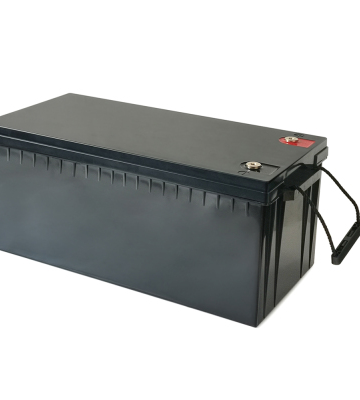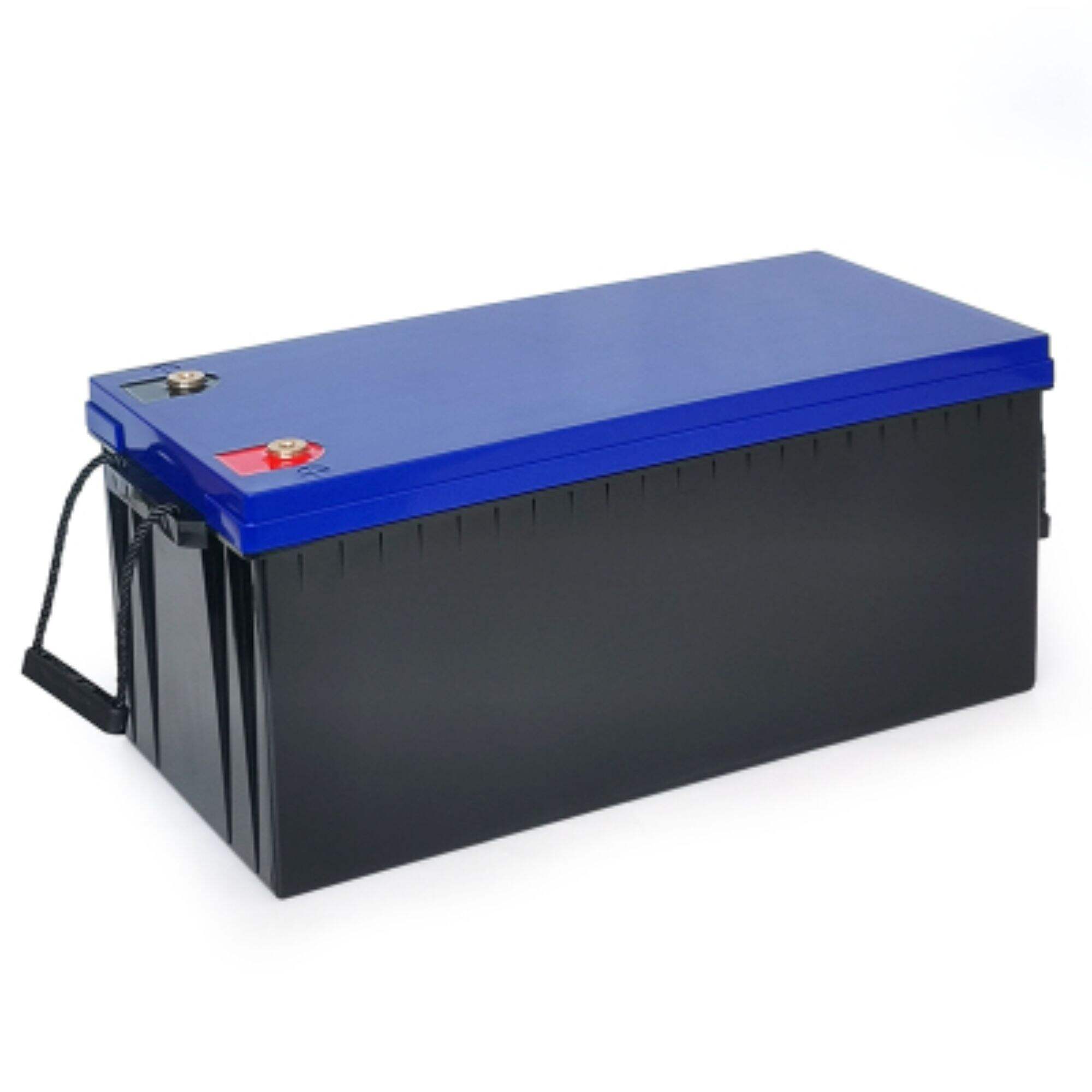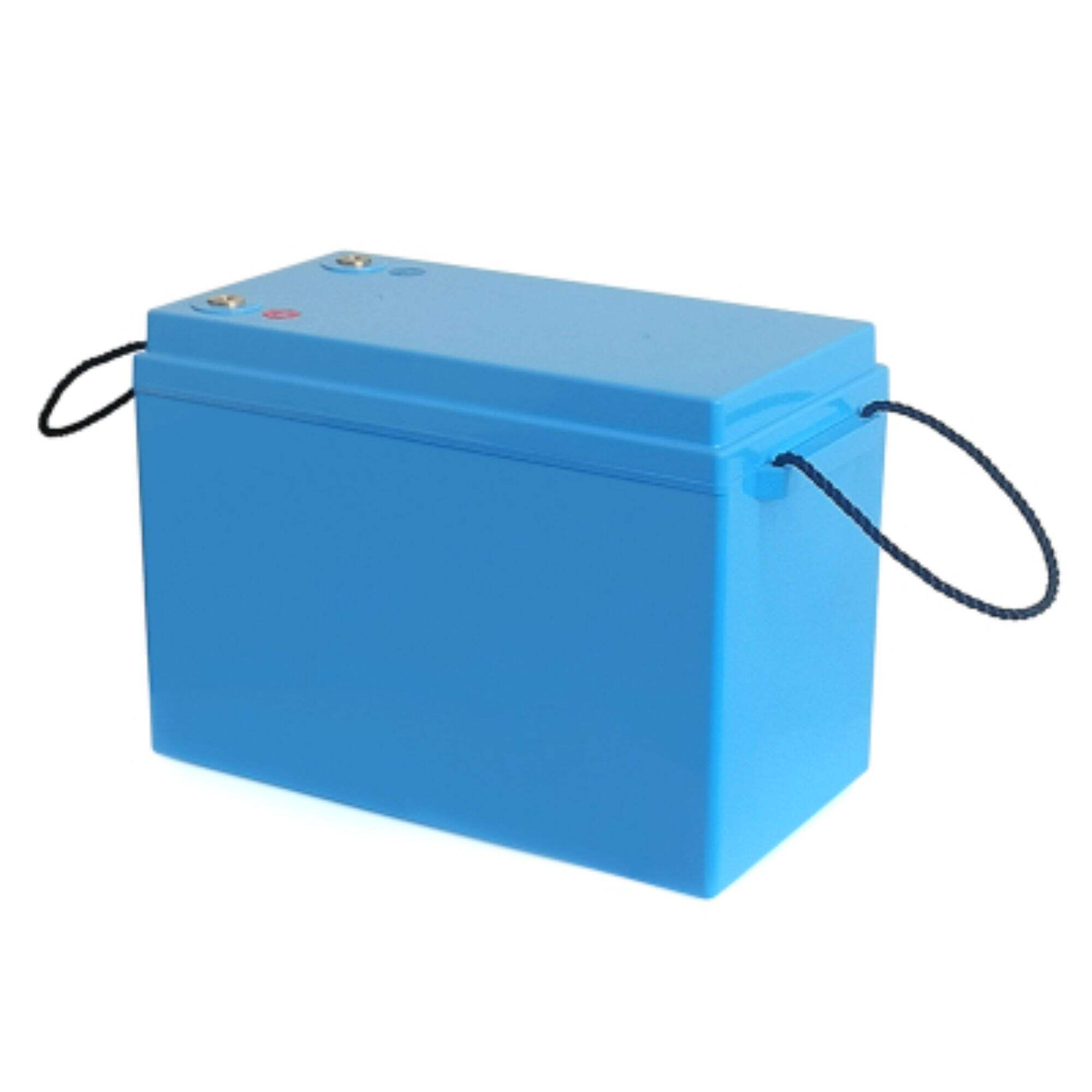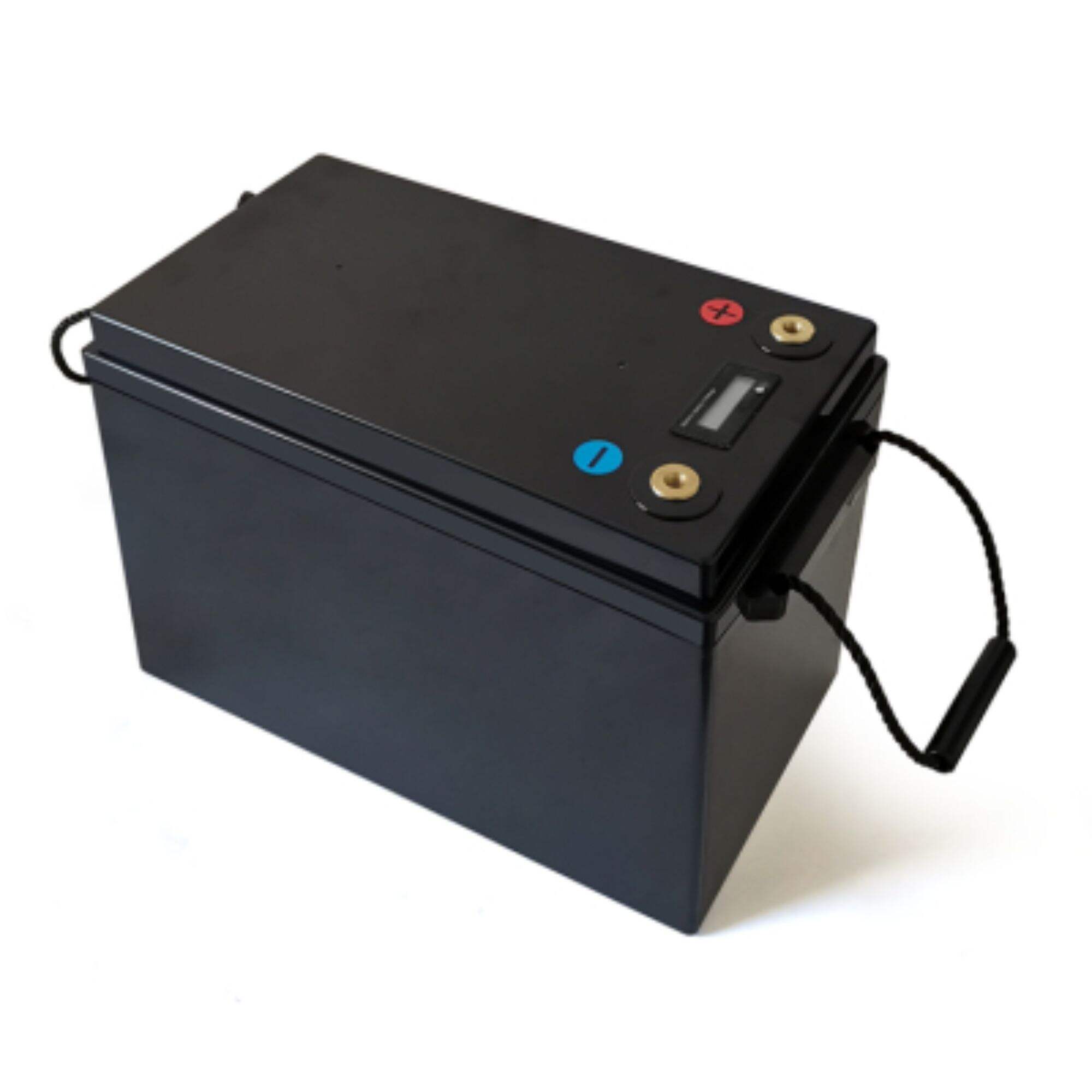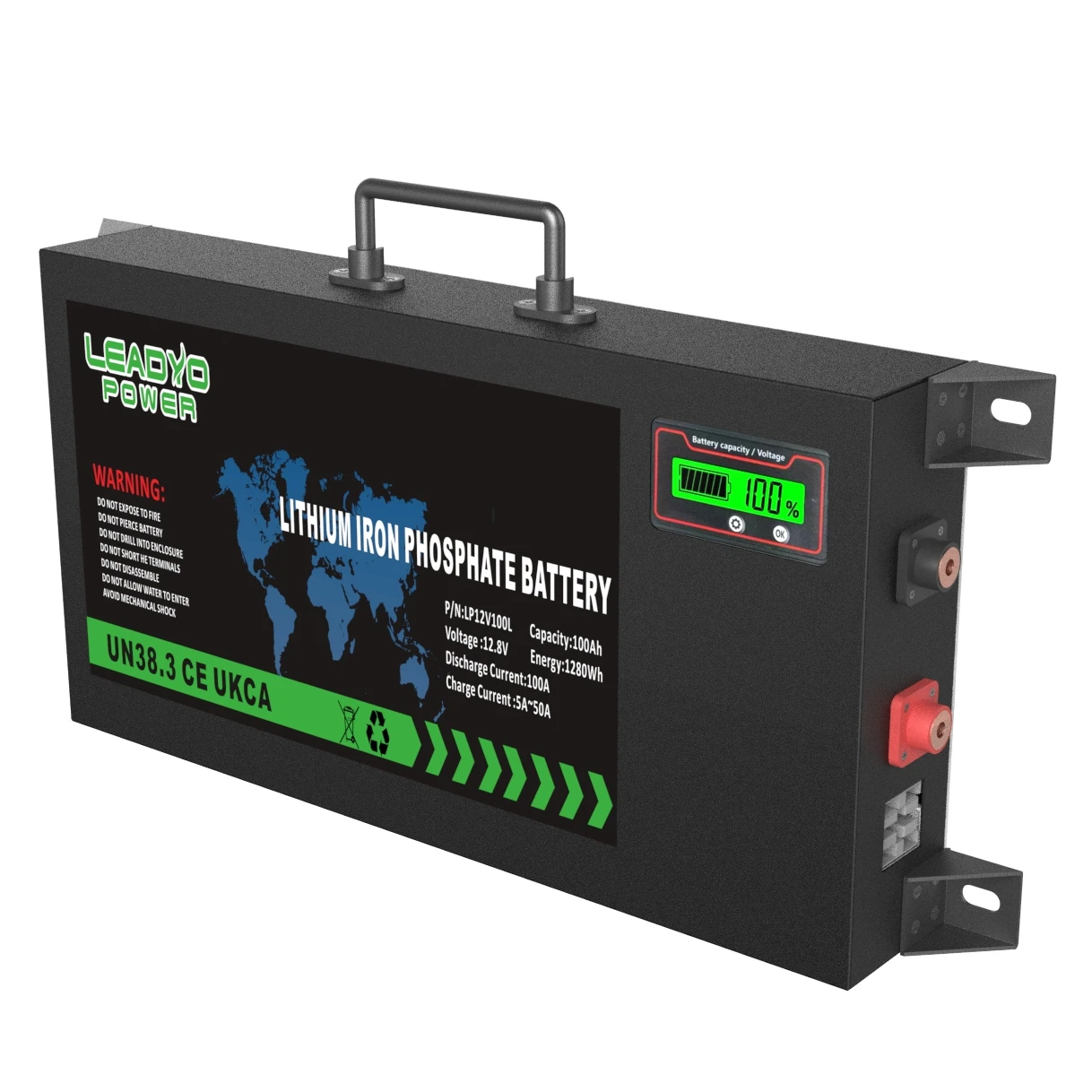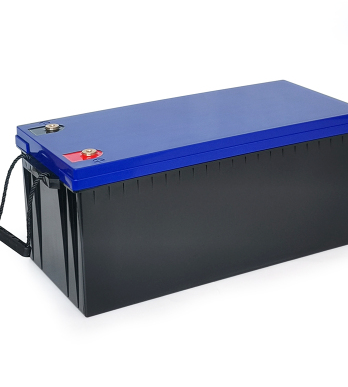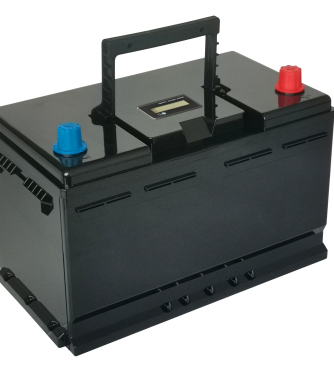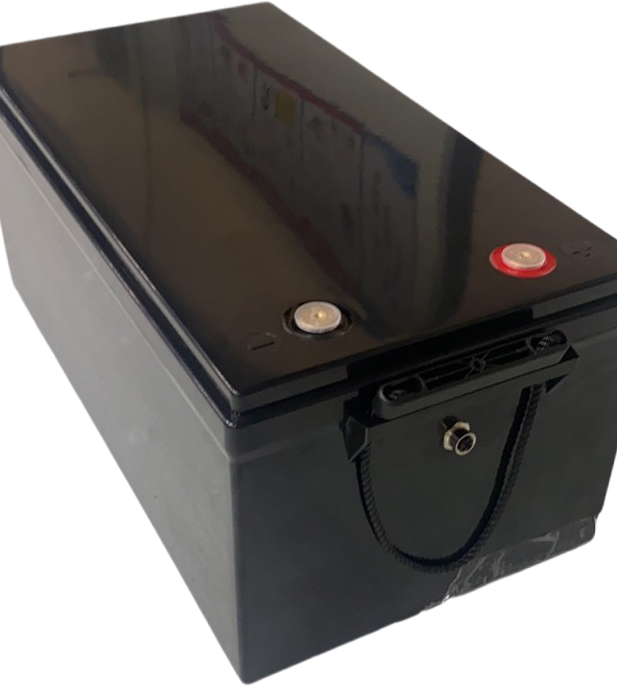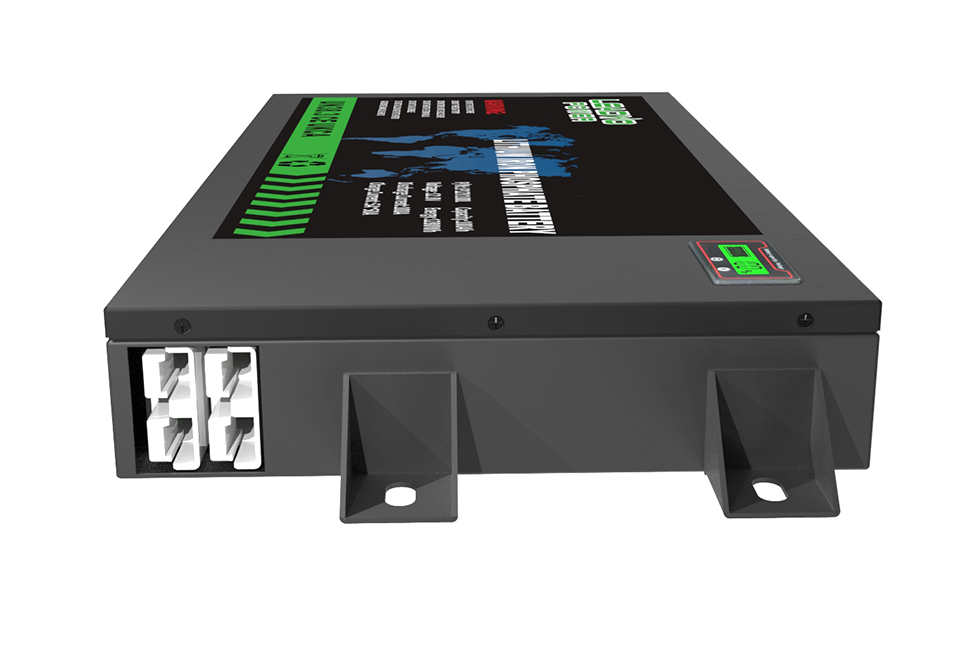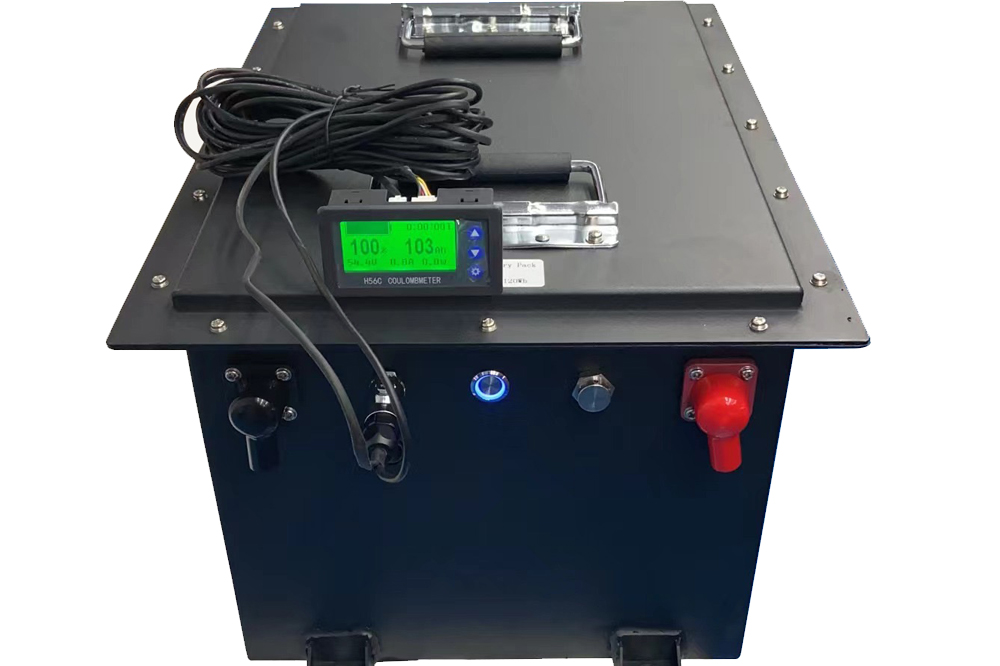Bunaíodh Shenzhen LP (Leadyo power) i 2013 soláthar laistigh de réiteach aon-stad le haghaidh ceallraí litiam a chuimsíonn ceallraí litiam iarann fosfáit / ceallraí litiam ian, ceallraí LTO, ceallraí Lifepo4 a úsáidtear do foshuíomh Córas Ghréine, Mara/Boats, Cartanna gailf, RV, Feithiclí Caravan, Camper, AGV/UTV, Robot, Inneall car, Audio car, Feithiclí leictreacha éadrom, srl.
Mar sholáthraí ceallraí gairmiúil, soláthraíonn Leadyo freisin OEM,ODM Seirbhís de réir riachtanas na gcustaiméirí, mar shampla pacáiste ceallraí litiam cliste agus ceallraí litiam iarann fosfáit le RS485, RS232, CanBus, ModBus, Bluetooth, srl. Tugann Leadyo aird mhór i gcónaí ar cháilíocht ár Pródachta agus tá an Chomhlacht Comhbalachta Leadyo equipaithe le suiteálacha agus tionscal den chéad scoth I+D chomh maith le héagsúlachta phróiseáil certaithe ISO9001 Tá na scileanna slánaithe go maith cosanta agus i gcompliance le ceartúcháin láithreach

 GA
GA
 EN
EN AR
AR
 CS
CS
 DA
DA
 NL
NL
 FI
FI
 FR
FR
 DE
DE
 EL
EL
 IT
IT
 JA
JA
 KO
KO
 NO
NO
 PL
PL
 PT
PT
 RU
RU
 ES
ES
 TL
TL
 ID
ID
 SK
SK
 SL
SL
 VI
VI
 HU
HU
 TH
TH
 TR
TR
 AF
AF
 MS
MS
 AZ
AZ
 BN
BN
